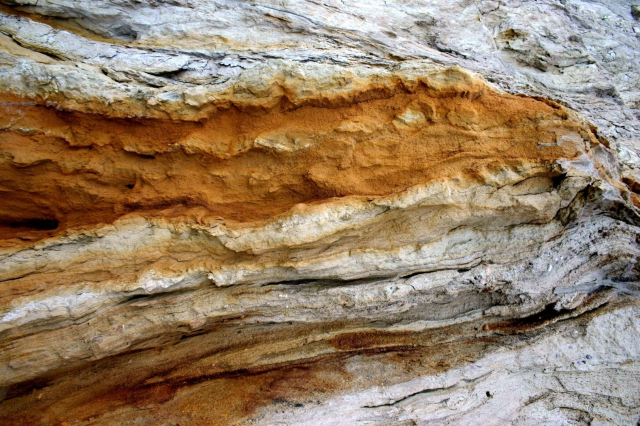Where did the gas in lower layers come from?
2014-12-28The slates, which are used to produce natural gas, emerged about 360-415 million years ago, during the Devonian period. The next stages in Earth's history were connected with "tightening" of the gas in the lower layers.

Oil and gas-bearing beds are from different periods - slates in Poland are an offshoot of the changes in the Silurian period. Methane reserves created from organic matter penetrated from sand layers to adjacent rock layers, creating conventional reserves of natural gas which were relatively easy to extract. But some of them remained trapped in tight spaces.
Natural gas reserves are classified as conventional if they are located in honeycombed rock layers - usually limestone or sandstone - which create mutually connected spaces. They allow smooth gas flow in the openings in the rock which facilitates extraction. Unconventional gas reserves are located in rocks with low permeability. Unconventional gas is also located at lower levels compared to natural gas. Thus, it requires a special approach to the resource extraction matter. Shale gas in Poland is located at 2.5-4 kilometres. Thus - it is effectively separated from water-bearing layers and makes access difficult - hidden in the geological "squeeze" spaces, it could endure without evaporating or self-leakage.

